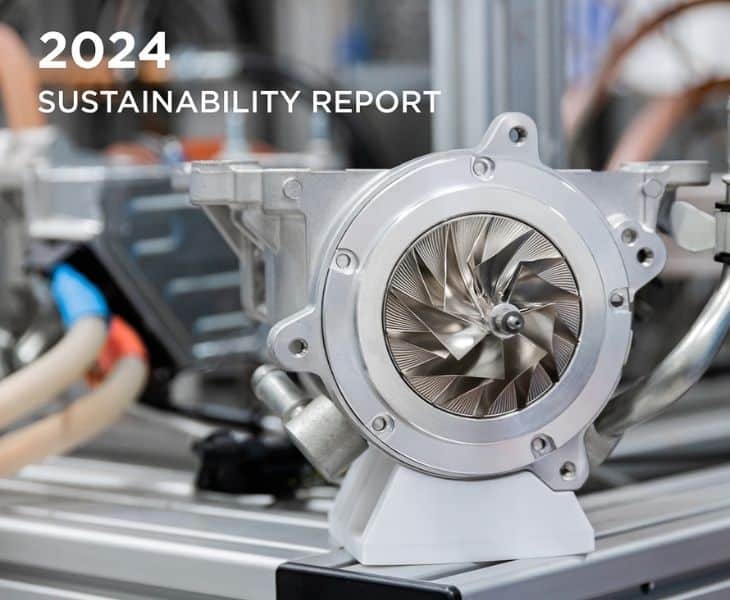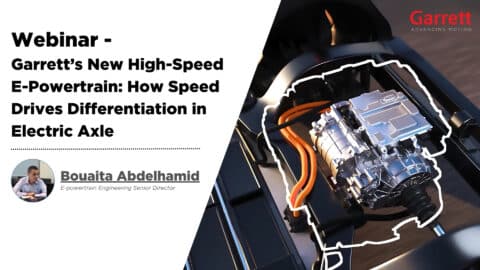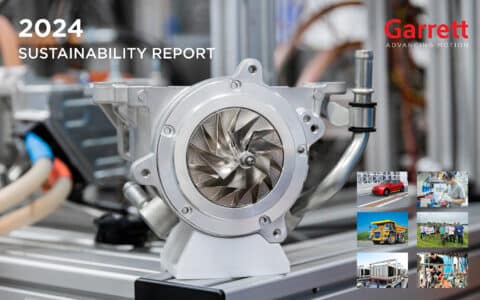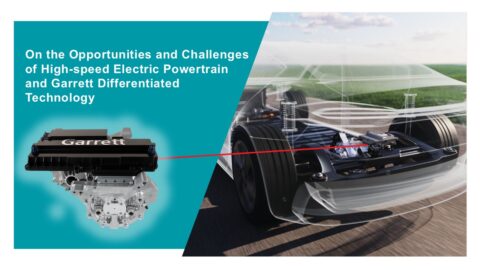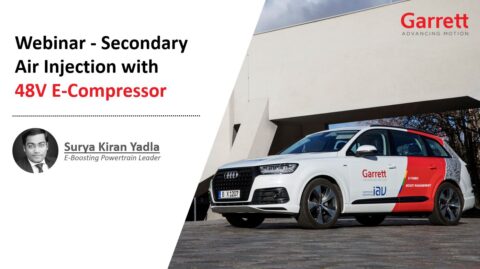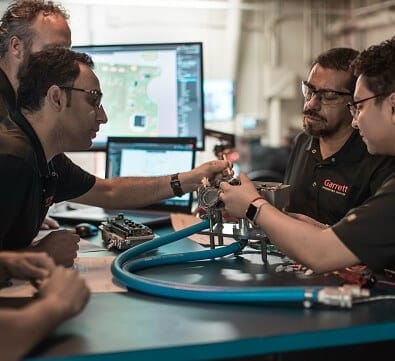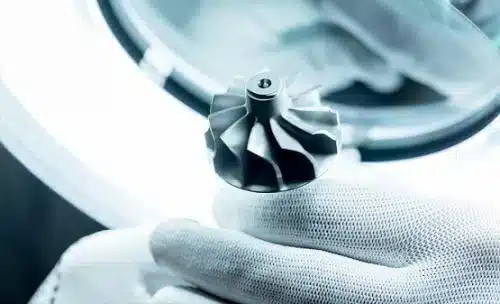Turbochargers are part of the family of high speed rotating machines. They incorporate many technologies that are found in the aerospace industry and run at equivalent tip speeds to aero engines & Auxiliary Power Units (APU’s) at rated power. They are intrinsically capable of power densities much higher that the reciprocating engines that they boost. Like all machines however they must start and idle before accelerating to operating speed. In Passenger Car applications they often operate at very low power and far away from any aerodynamic design point.
This paper focuses on the importance of turbocharger bearing systems at start, idle and part load conditions. As such it deals with the question of low power energy management and efficiency improvement. It then goes on to demonstrate the potential of a low loss bearing system on cold start, transient performance and emission potential as part of an Euro 5 diesel engine packager. It will conclude by showing the fuel economy potential of such as system.
